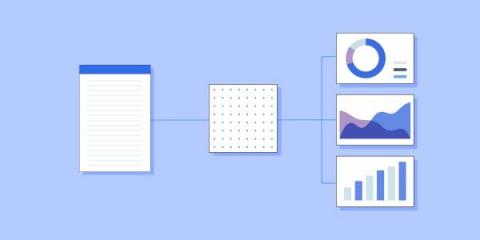DIY error monitoring for Ruby
This article will teach you how to monitor Ruby errors without using a service like Honeybadger! Learn about Ruby's built-in errors, how to use log levels and tagging to customize the log output, display errors on the front-end, and more.











